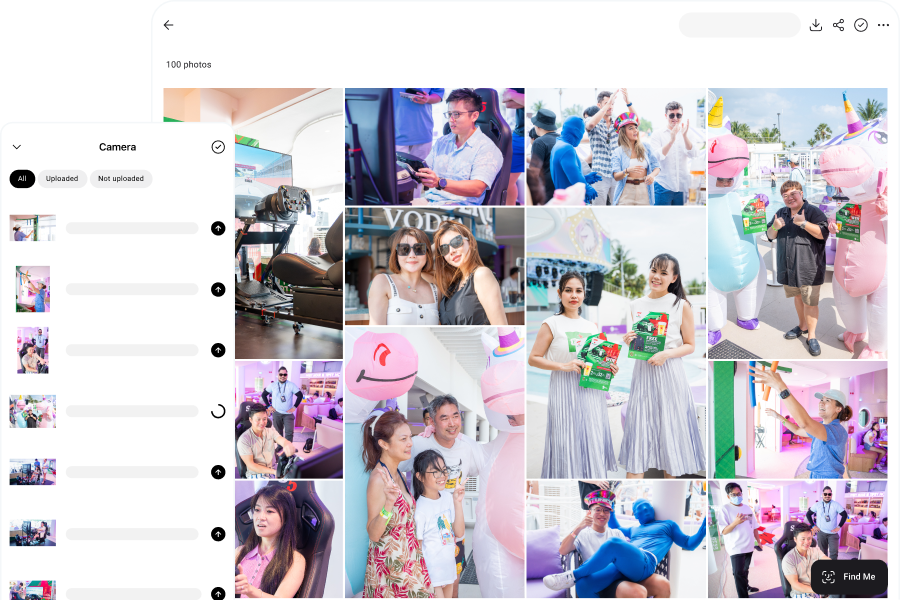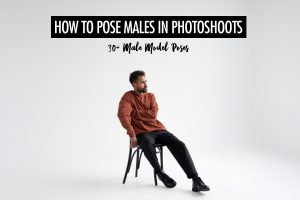When it comes to creating striking portraits, lighting and posing is everything. One technique that has stood the test of time—used by painters centuries ago and still favored by modern photographers—is Rembrandt lighting. Named after the legendary Dutch artist Rembrandt van Rijn, this method uses light and shadow to sculpt the face, add mood, and highlight emotion.
Whether you’re shooting in a studio, using natural light by a window, or delivering portraits instantly through the Honcho app, understanding this technique can transform your portrait work from flat to cinematic. In this guide, we’ll break down exactly what Rembrandt lighting is, how to set it up, and why it remains a favorite among portrait photographers.
What is Rembrandt Lighting?
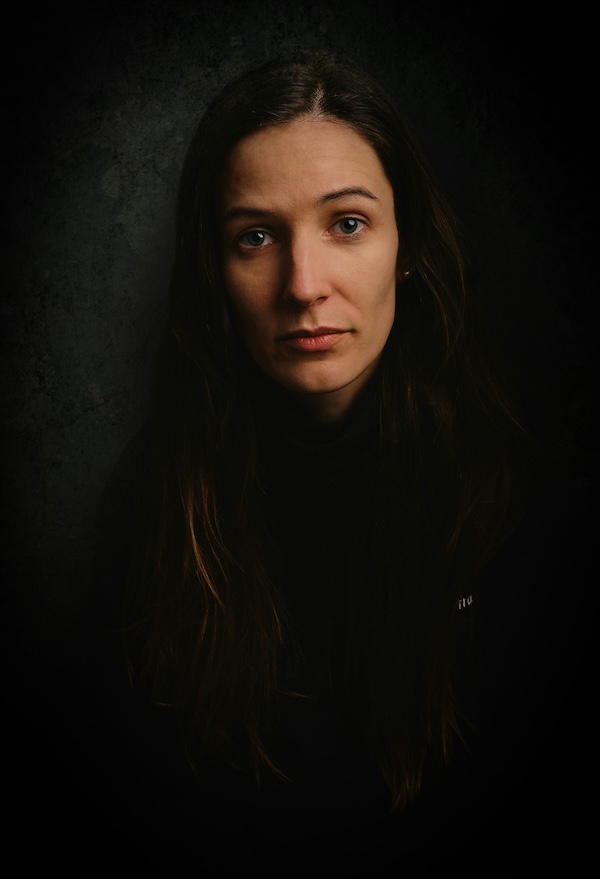
Rembrandt lighting is a portrait lighting technique characterized by a triangle of light on the subject’s cheek—specifically the cheek opposite the main light source. This triangle, also known as a Rembrandt triangle, forms under the eye when light hits one side of the face, while the other side remains mostly in shadow with just a small patch of illumination.
The effect is both subtle and dramatic. It creates depth and dimension, helping to define facial structure without needing multiple lights or complex gear. It’s especially effective for adding character to portraits or creating moody, storytelling imagery.
Rembrandt lighting is often used in classic portraiture, film noir, and fine art photography. Best of all, it only requires one light source—making it a powerful yet simple setup even for beginners.
History of Rembrandt Lighting

Rembrandt lighting is named after the Dutch painter Rembrandt van Rijn, a master of light and shadow in the 17th century. While he was renowned for his use of rich, dramatic contrasts in painting, the lighting technique itself wasn’t formally codified until much later, in the world of photography.
In his self-portraits and other works, Rembrandt frequently used natural window light to create a three-dimensional effect on the face. His compositions often featured a signature Rembrandt triangle of light on the shadowed cheek—formed when the light source was positioned at about a 45-degree angle to the subject. This subtle interplay of light and darkness created portraits that felt lifelike and intimate, lending them a timeless quality that resonates to this day.
Photographers and cinematographers later adapted Rembrandt’s painterly lighting style to camera-based portraiture, coining the term “Rembrandt lighting.” This style became a cornerstone of dramatic and cinematic portrait photography, celebrated for its ability to evoke mood, mystery, and emotional depth. From classic Hollywood portraits to modern-day editorial shoots, Rembrandt lighting continues to inspire artists seeking to create evocative and powerful images.
Rembrandt Lighting vs Other Popular Lighting Techniques
While Rembrandt lighting is known for its moody and dramatic look, it’s just one of several classic portrait lighting setups used by photographers. To understand its unique impact, it’s helpful to compare it with other popular techniques: loop lighting, split lighting, and butterfly lighting.
Loop Lighting

This is one of the most commonly used styles in portrait photography. Unlike Rembrandt lighting, which creates a distinct triangle of light on the cheek, loop lighting produces a small shadow of the nose that loops down and to the side—hence the name. This setup is generally more flattering and forgiving on a wider range of face shapes, offering a soft, natural feel that’s perfect for headshots and beauty portraits. It requires a similar light position to Rembrandt, but usually with less dramatic shadow.
Split Lighting
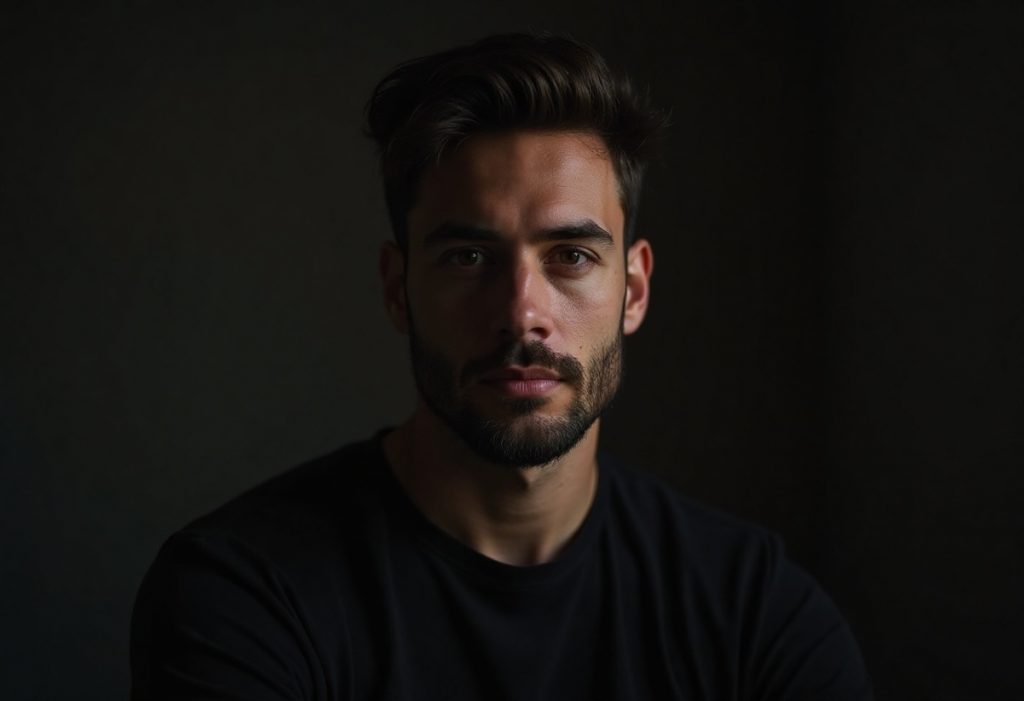
Split lighting is more dramatic than Rembrandt lighting. In a split lighting setup, the light hits only one side of the face, leaving the other side entirely in shadow. This creates a bold look that emphasizes texture and facial structure. While both techniques add depth and contrast, Rembrandt lighting allows for a more balanced result, preserving a sense of warmth and approachability with that signature Rembrandt triangle.
Butterfly Lighting
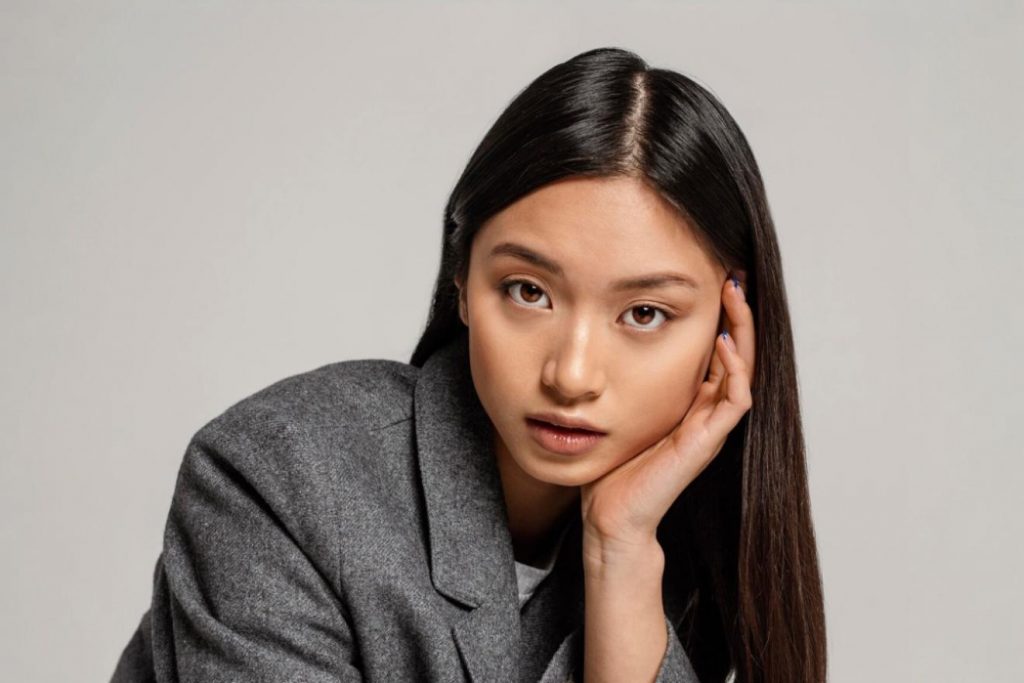
Then there’s butterfly lighting, also known as Paramount lighting, which places the main light source directly in front and slightly above the subject’s face. This setup casts a butterfly-shaped shadow under the nose and is often used in glamour or beauty portfolios because it flatters the cheekbones and jawline. Unlike the side-heavy shadows of Rembrandt lighting, butterfly lighting produces even, symmetrical highlights across the face—ideal for clean, polished portraits but lacking the moodiness that Rembrandt is known for.
Each technique serves a different creative purpose. Rembrandt lighting stands out for its balance between drama and realism, offering photographers a timeless way to sculpt the face with minimal equipment while still achieving a rich, storytelling effect.
Why Use Rembrandt Lighting?
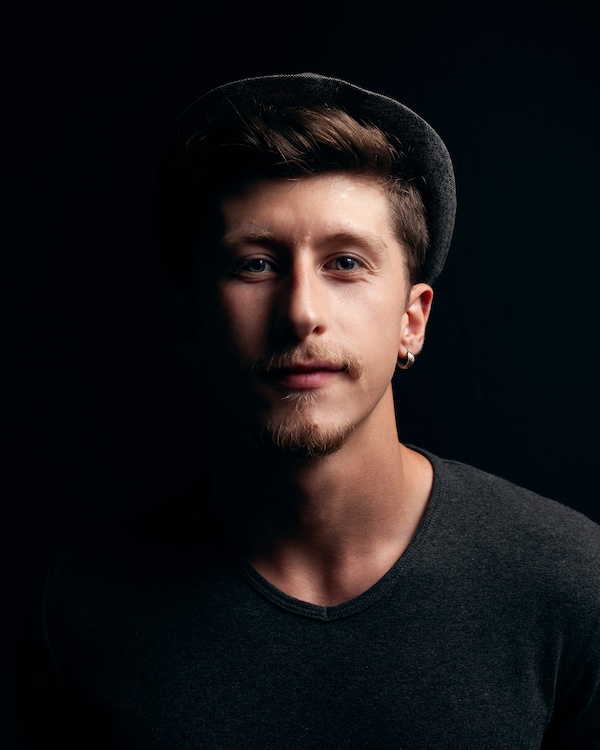
Rembrandt lighting remains one of the most popular portrait techniques for a simple reason: it combines elegance, simplicity, and storytelling power in a way few other setups can. This lighting style adds instant drama and depth to a portrait, making it ideal for capturing emotion, character, and mood. It’s especially effective when you want to give your photos a more cinematic or painterly feel—without relying on a complicated studio setup.
One of the biggest advantages of Rembrandt lighting is that it sculpts the face naturally. The shadow cast across one side of the face helps to define cheekbones, jawlines, and other facial features, which is particularly flattering for subjects with rounder faces or softer features. This makes it a go-to technique for editorial portraits, fine art photography, and even professional headshots where you want a touch of personality and sophistication.
Another key reason photographers love Rembrandt lighting is its minimalism. You only need a single light source—whether it’s a studio strobe, LED panel, or even natural window light—and a bit of practice to get the angles right. For creators who are often on location or working with limited gear, this makes Rembrandt lighting both practical and powerful.
Beyond the technical benefits, this lighting setup also tells a story. It evokes a sense of mystery and emotion, which helps the viewer connect with the subject on a deeper level. In short, if you’re looking to elevate your portraits with minimal effort and maximum effect, Rembrandt lighting is a technique that belongs in your creative toolkit.
Best Camera Settings for Rembrandt Lighting

Getting the light placement right is essential in Rembrandt lighting, but camera settings play just as big a role in bringing out the mood and detail this technique is known for. While there’s no one-size-fits-all formula, a few standard guidelines can help you dial in the right settings for sharp, well-exposed, and atmospheric portraits.
Aperture
A setting between f/4 and f/8 usually works best but do play around with it. A slightly smaller aperture like f/5.6 gives you a good balance between subject sharpness and background separation, especially if you’re working with a soft light source. This also helps maintain facial detail, which is essential when you’re working with shadows that define bone structure and expression.
Shutter Speed
Aim to stay at or above 1/125s to avoid motion blur, especially when shooting handheld. If you’re using strobes or studio lights, you’ll need to sync your shutter speed according to your flash system—typically at 1/200s or 1/250s, depending on your camera’s max sync speed.
ISO
Your ISO should be as low as possible to preserve image quality and reduce noise, especially in the shadow areas where Rembrandt lighting creates contrast. Start with ISO 100 or 200, and raise it if you’re working in low-light environments or using natural light from a window.
White Balance
White balance is another setting that can subtly influence the final mood. If you’re using continuous lights, set your white balance manually based on the color temperature of your bulbs—typically 5600K for daylight-balanced LEDs. For strobes or flash, use a flash preset or custom white balance for the most accurate skin tones.
Ultimately, the key to camera settings in Rembrandt lighting is balance—between light and shadow, detail and softness. Once your lighting is in place, these settings help you capture the emotion, texture, and depth that make this technique so timeless.
How to Set Up Rembrandt Lighting In a Studio
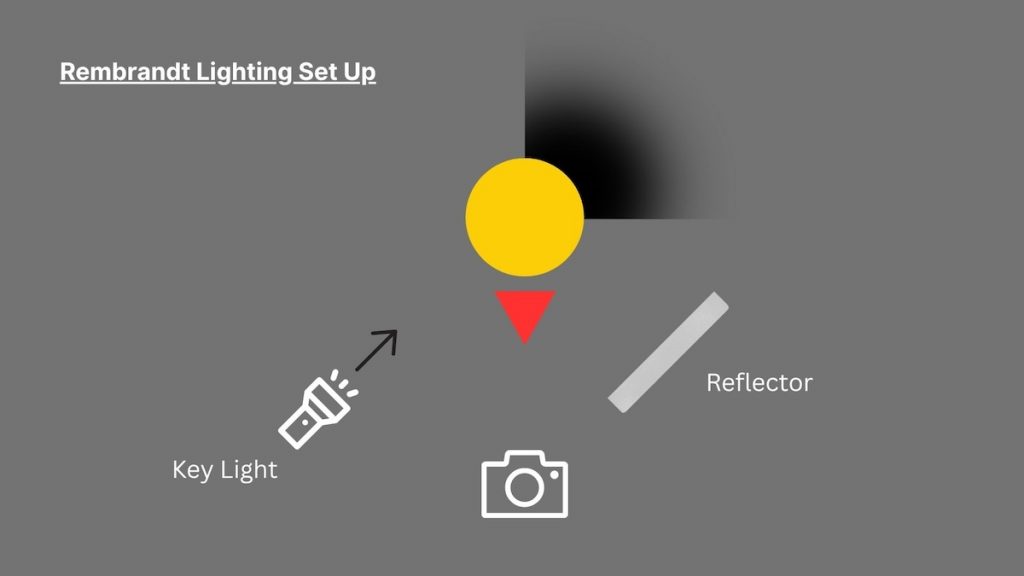
Setting up Rembrandt lighting is simpler than it looks—and that’s part of its appeal. With just one light source and a basic understanding of angles, you can create portraits with depth, drama, and a painterly finish. Here’s how to get started.
Step 1: Place the Key Light
Position your main light (this could be a strobe, LED, or natural window light) at a 45-degree angle to the subject’s face and slightly above eye level. The height is key: the light should cast a downward shadow from the subject’s nose that just meets the shadow from their cheek, forming a small, illuminated Rembrandt triangle on the shadow side of the face.
You don’t need a fancy light modifier, but a softbox or umbrella helps diffuse the light and soften the shadows, which is especially useful for portraiture.
Step 2: Adjust for the Rembrandt Triangle
Once your light is in place, fine-tune the angle and height until you see a clear triangle of light on the cheek opposite the light source. The Rembrandt triangle should be no wider than the eye and no longer than the nose. If the entire cheek is lit, the light is too frontal. If the triangle is missing, the light may be too far to the side or too high.
Step 3: Add Fill Light or Reflector (Optional)
Rembrandt lighting is typically high-contrast, but you can reduce the shadow intensity by placing a reflector or a weak fill light on the shadow side of the face. This doesn’t eliminate the Rembrandt triangle—it just softens the transition and retains detail in the shadows.
Step 4: Background and Catchlights
Make sure your background complements the dramatic tone of Rembrandt lighting—plain dark backgrounds work well. White backgrounds can work too, since how it looks in the final image depends ultimately on your lighting setup. Check for catchlights (reflections in the eyes), which add life to the portrait. If there are none, slightly adjust your light angle until they appear naturally.
How to Achieve Rembrandt Lighting Using Natural Light
You don’t need strobes or softboxes to achieve a Rembrandt light setup—natural light, especially from a window, can create the same dramatic effect with just a few thoughtful adjustments. In fact, many classic Rembrandt-style portraits were lit using daylight alone. Here’s how to master it with minimal gear.
Step 1: Find the Right Window
Look for a window that lets in soft, indirect light. North-facing windows are ideal, as they provide consistent light throughout the day without harsh sunlight. If the light is too strong, use a sheer curtain or white bedsheet to diffuse it and mimic the softness of a studio softbox.
Step 2: Position the Subject Near the Window
Place your subject about one to two feet from the window, at a 45-degree angle to the light source. They should be facing just slightly away from the window, not directly toward it. The goal is to let the light fall on one side of the face while casting a shadow on the other, forming that signature triangle of light on the far cheek.
Step 3: Control Background and Environment
Use a neutral or dark background to enhance the dramatic mood of Rembrandt lighting. Pay attention to nearby reflective surfaces that might bounce light back onto the shadowed side of the face—if you want strong contrast, avoid those. Alternatively, use a white foam board or reflector opposite the window to gently fill in shadows if needed.
Step 4: Observe the Rembrandt Triangle
Watch the light fall across the face. The nose shadow should connect with the cheek shadow to create a small, well-defined Rembrandt triangle under the eye on the shadow side. You may need to rotate your subject slightly or adjust their distance from the window to get the shape just right.
Step 5: Time of Day Matters
Morning and late afternoon light tends to be softer and warmer, making it easier to achieve Rembrandt lighting with natural light. Midday sun may be too harsh unless diffused, so plan your shoot during the golden hours if possible.
Natural light adds a beautiful realism to Rembrandt lighting. Paired with the portability of mobile photography and instant delivery through Honcho, it’s a powerful way to create timeless portraits with nothing more than a window and a well-placed subject.
Common Mistakes to Avoid with Rembrandt Lighting
While Rembrandt lighting is a relatively simple setup, achieving the perfect balance between light and shadow can be tricky. Small missteps in positioning or exposure can diminish the dramatic effect—or worse, flatten the image entirely. Here are some common mistakes photographers should avoid when using this classic lighting technique.
Misplacing the Key Light
The most frequent error is placing the key light either too far to the side or too directly in front of the subject. If the light is too lateral, you’ll end up with split lighting instead of Rembrandt. If it’s too centered, the Rembrandt triangle on the shadow side disappears altogether. Always aim for that 45-degree angle horizontally and slightly above eye level vertically.
Rembrandt Triangle Too Large or Missing
A defining feature of Rembrandt lighting is the Rembrandt triangle—a small triangle of light on the cheek opposite the light source. If the triangle is too wide, too bright, or extends too far below the eye, it loses its impact. Conversely, if the Rembrandt triangle is missing altogether, your light may be too high, too low, or not angled correctly. Subtle adjustments make a big difference here.
Overexposing the Highlights
When working with strong lights—especially in a studio—overexposing the lit side of the face is a common issue. This not only blows out skin detail but also reduces contrast, defeating the purpose of the setup. Always check your histogram or highlight warnings and expose for the highlights to maintain that rich tonal range.
Underfilling the Shadows (or Overfilling Them)
Rembrandt lighting is meant to be dramatic, but that doesn’t mean you want solid black shadows. If the shadow side of the face loses all detail, consider using a reflector or low-powered fill light to gently bring back some texture. On the other hand, adding too much fill light can flatten the image and erase the triangle of light altogether.
Ignoring the Background
While your subject is the focus, the background plays a crucial supporting role. Busy or brightly lit backgrounds can distract from the lighting effect and weaken the mood. Choose darker or neutral-toned backdrops to complement the shadow-heavy look and keep the attention on your subject’s face.
Forgetting Catchlights
Catchlights—those subtle reflections in the eyes—are essential for giving portraits life. If your subject’s eyes appear dull or lifeless, slightly adjust your light position until you see a gentle reflection in at least one eye. Without them, even the most perfectly lit shot can feel flat.
Mastering Rembrandt lighting is as much about avoiding mistakes as it is about following technique. With a bit of practice and awareness, you’ll soon be able to use this timeless lighting style to create portraits that feel rich, emotional, and truly professional.
Lighting Gear Recommendations
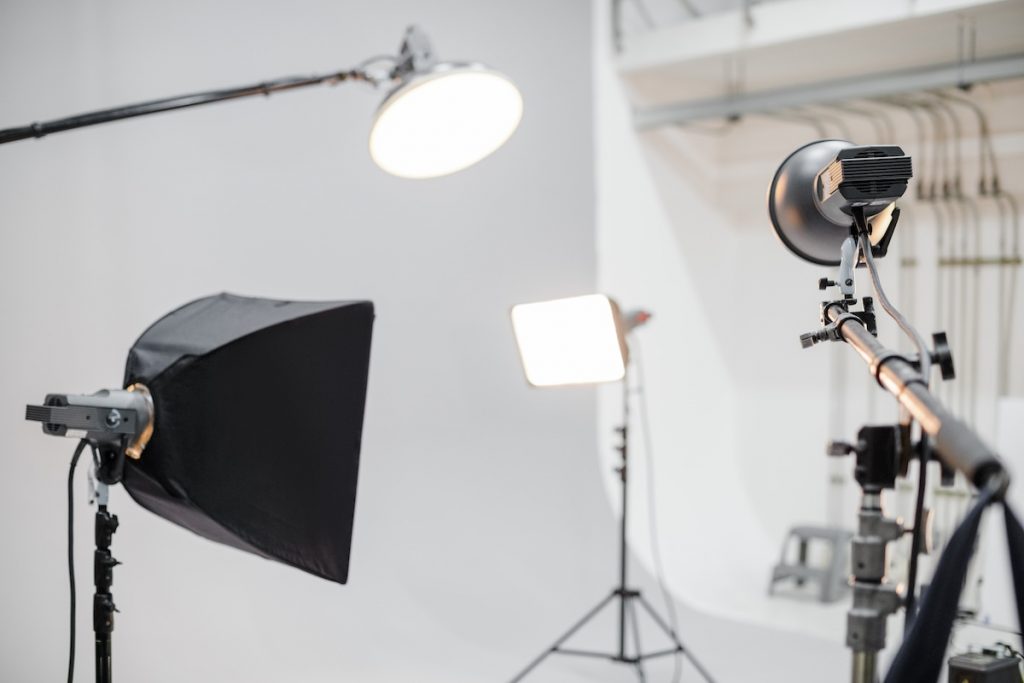
You don’t need a full-blown studio to achieve beautiful Rembrandt lighting—but having the right tools can make the process smoother and more consistent. Whether you’re building a home studio or want a portable setup for on-location shoots, here are some recommended lighting tools and gear that work well for this technique.
Key Light: Softbox or LED Light
At the heart of Rembrandt lighting is a single, directional light source that can be shaped and positioned precisely.
Look for a softbox with strobe or continuous LED light. A softbox helps diffuse harsh light and create smooth falloff—ideal for sculpting facial features. We recommend softbox sizes of 60–90cm (24–36″), which are versatile for portraits.
Umbrella Reflector (for budget setups): A silver or white umbrella reflector can work well as a starter modifier, though it’s less directional than a softbox.
Light Stand with Adjustable Height
Your light should be raised above your subject’s eye level and angled slightly downward. Invest in a sturdy adjustable light stand, preferably with a boom arm if you need more flexibility with positioning.
Fill Modifier: Reflector or Fill Light
While Rembrandt lighting thrives on shadow, a reflector or subtle fill light helps recover detail without flattening the effect.
Reflector (5-in-1): A collapsible reflector with white, silver, and gold surfaces gives you flexibility to bounce light back into the shadows as needed.
Small LED Fill Light: A dimmable fill light on the opposite side of the key light can be used to gently lift shadows without overpowering the Rembrandt triangle.
Light Meter or Histogram (Optional)
If you’re working with strobes or unfamiliar environments, a light meter can help you measure exposure and control light falloff. If you’re using digital cameras or smartphones, rely on your histogram or highlight warnings to make sure your highlights aren’t blown out.
The beauty of Rembrandt lighting is that it’s achievable with minimal gear—as long as your light is directional and positioned correctly. Whether you’re working with entry-level equipment or building a more advanced setup, these tools will help you master the look and elevate your portrait work.
Instantly Share Your Portraits
There are a couple of reasons why you might want to instantly share your portraits:
- You’re shooting at a public event (such as a fashion roadshow or red carpet event) with a mobile portrait studio. Since you do not have the contact details of the participants, sharing the portraits on-the-spot cuts down on the manual work of collecting the details and distributing the photos after the event.
- By sharing the portraits right away and allowing participants to choose their preferred photos to edit, you get immediate buy-in and involve them throughout the process. With a collaborative process, you increase satisfaction and reduce back-and-forth communications after the shoot.
Honcho lets you instantly share your portraits by uploading them from camera to cloud, as you shoot. The portraits are available for viewing and downloading in an online gallery, seconds after they are taken.
After uploading, you can instantly apply editing presets or have an assistant edit the photos with the built-in collaborative photo editor. This makes it possible to deliver edited portraits in just seconds.
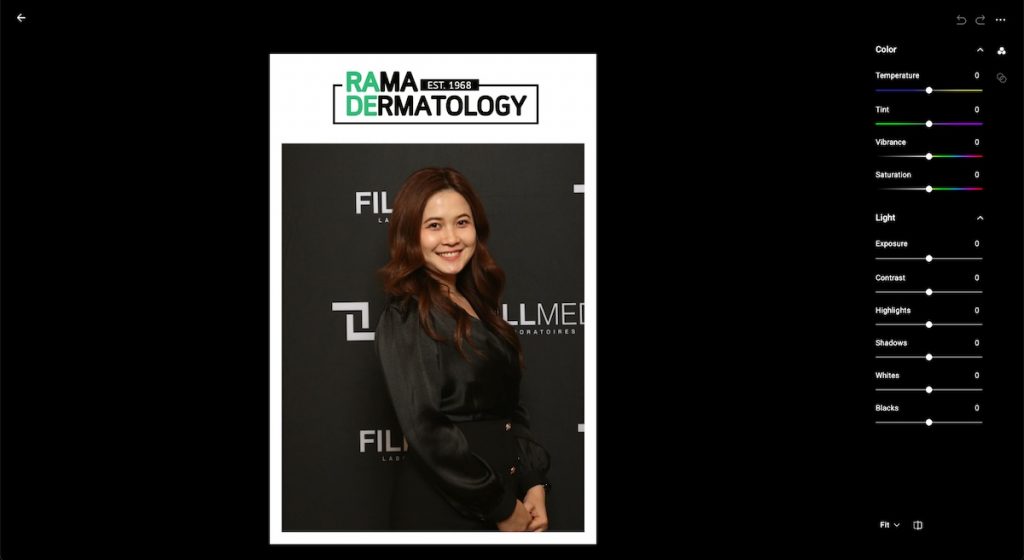
You can automate distribution by letting participants find their own photos with face recognition, just by uploading a selfie. And you can add to the overall experience with live slideshows and wireless printing.
It’s the better way to share the right photos with the right people. It saves you time by automating the manual process of distributing photos, and helps you upsell your clients with add-ons like live slideshows.
Conclusion
Rembrandt lighting remains a timeless and versatile technique that instantly adds depth, drama, and sophistication to your portraits. With its signature triangle of light and rich shadows, it evokes a classic painterly feel—yet it’s remarkably simple to achieve once you understand the fundamentals.
Whether you’re working with a studio setup or harnessing the soft glow of natural window light, mastering Rembrandt lighting boils down to careful positioning, an eye for subtle details, and a willingness to experiment until you find the perfect balance. Remember to avoid common mistakes like misaligned lighting angles, overfilled shadows, or lost catchlights, and you’ll be well on your way to creating striking, memorable images.
Ready to take your portraits to the next level? With practice and these foundational tips, you’ll be capturing stunning Rembrandt lighting portraits that stand the test of time.


